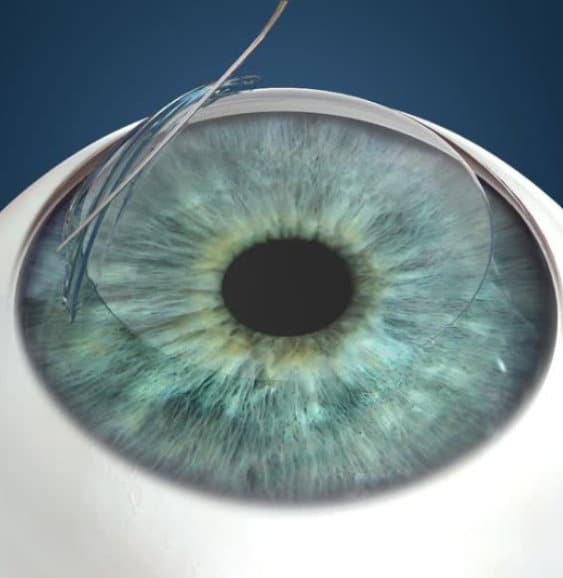Laser-Assisted In Situ Keratomileusis (LASIK)
Laser-Assisted In Situ Keratomileusis (LASIK)
LASIK, or laser-assisted in situ keratomileusis, improves your vision by reshaping your cornea. With innovative laser technology, the procedure is a quick, effective treatment for nearsightedness, farsightedness, and astigmatism. LASIK can also correct an unwanted or unexpected visual outcome after cataract surgery and reduce or eliminate the dependence on eyeglasses or contact lenses.
Dr. Senekal performs LASIK using the combination of the Zeiss Femtosecond Laser and Excimer Laser, two of the most advanced corneal refractive lasers available. Unlike other laser centers that offer LASIK at discounted prices, Dr. Senekal never uses a blade or microkeratome to create the flap. Using the Visumax Femtosecond laser to create the flap significantly increases LASIK’s safety, accuracy, and precision.
The MEL90 Excimer Laser can accurately and with great precision correct high degrees of myopia, astigmatism, and hyperopia. The following refractive errors can be corrected (exceptions may apply):
Myopia (Nearsightedness): Up to -12.00 diopters
Hypermetropia (Farsightedness): Up to +6.50 diopters
Astigmatism: Up to 5.00 diopters

Find out if LASIK can correct your vision
At Visionmax Eye Centre, we do a thorough eye evaluation to determine if you can expect positive results from LASIK surgery. Call our office at 780-452-4111 to schedule a consultation today.